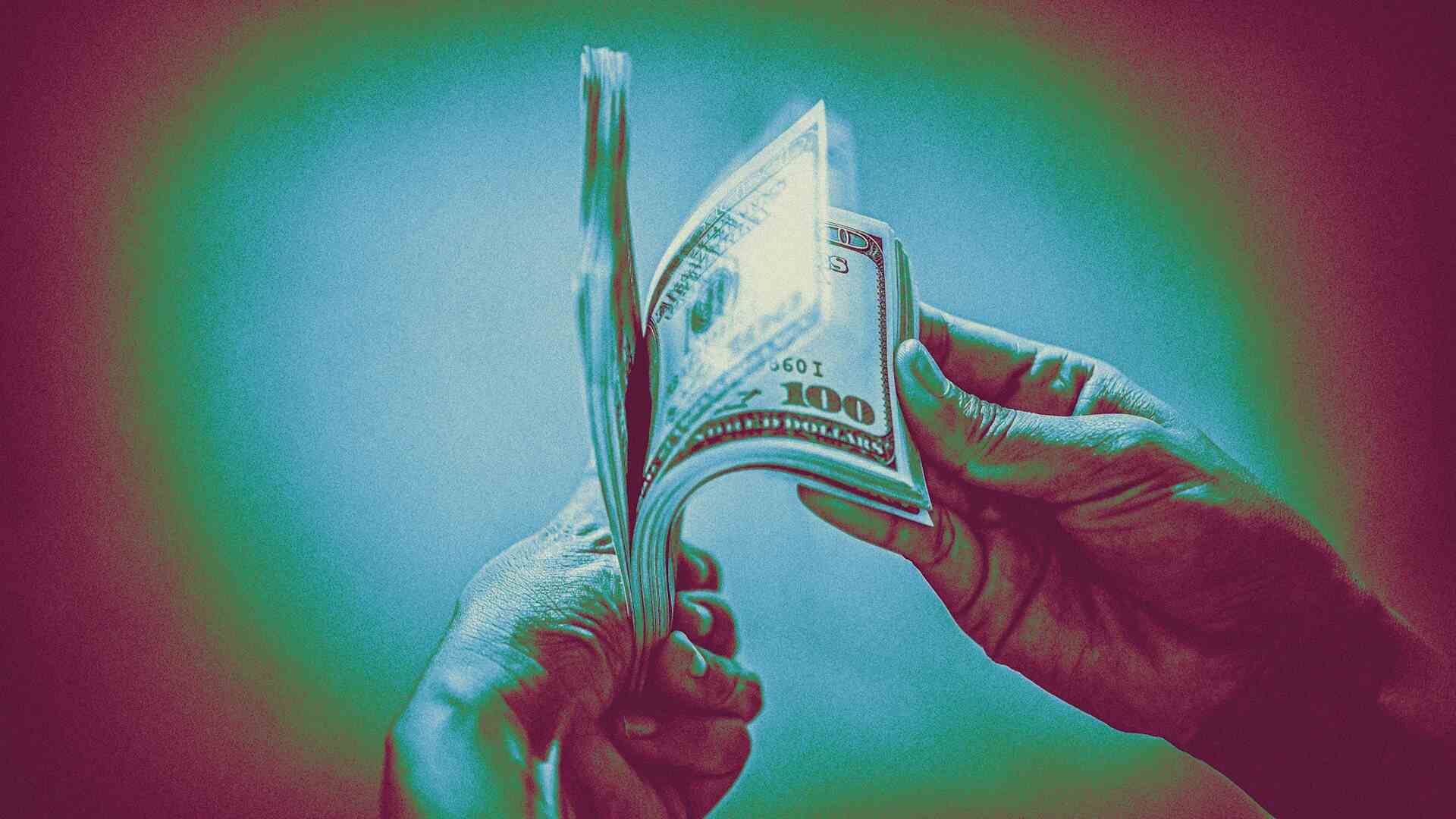- | 9:00 am
Why organizations in the Middle East need to embrace a multigenerational workforce
Cross-pollination of generations within the workplace is beneficial not just for culture but also for profits.

Are Gen Z job hoppers? Are Millennial managers pros at multitasking? Are Gen X meaningfully recognized at work? Do Baby Boomers truly value responsibility and are loyal?
Well, understanding and supporting the generations of an organization’s workforce is key to maintaining a strong workforce. What is true is that, collectively, Baby Boomers, Gen X, Millennials, and Gen Z, bring a varied values, experiences, and approaches to the table.
In the Middle East, the workforce is transforming, with Baby Boomers, Gen X, Millennials, and Gen Z working side by side. Organizations are experiencing a diverse blend of experiences, work styles, and values. This shift is especially noticeable in countries such as the UAE, Saudi Arabia, and Qatar, where rapid modernization and youth-driven growth intersect with deep-rooted cultural traditions that value age and seniority.
Traditionally, the professional environment has valued seniority and experience. Seasoned professionals in the workplace are often perceived as figures of authority and wisdom. However, the region’s demographic reality is changing, with a large majority of the population under 35, and governments encourage youth employment and leadership through ambitious nationalization strategies.
The convergence of generations in the same workspaces creates a unique dynamic. Older employees bring decades of experience, institutional memory, and, often, a conservative and structured approach to work. They’ve navigated periods of economic transition and can offer long-term strategic thinking. On the other hand, younger employees arrive with high digital fluency, and have a desire to challenge traditional norms. They value flexibility, purpose-driven work, and a more informal, collaborative environment.
Generational diversity offers immense potential. The cross-pollination of ideas can drive innovation and help organizations stay resilient.
However, organizations often get stuck in a hiring rut. They tend to hire people of the same age group, which isn’t always beneficial.
THE UNTAPPED STRENGTH OF DIVERSITY
In today’s workplaces, generational diversity presents both opportunities and challenges. David Boast, General Manager for UAE & KSA at Endava, says, “Biases exist and are unspoken,” adding that younger employees are often viewed as inexperienced. At the same time, older colleagues may be seen as slow to adapt. When layered over cultural differences between local and expatriate staff, these assumptions can complicate collaboration.
Highlighting that multi-generational teams are not just diverse by age—they represent a mix of lived experiences, skill sets, and stages of professional development, Dr. Cakil Agnew, Associate Professor of Psychology at Heriot-Watt University Dubai, says Baby Boomers and Gen X typically offer strategic, long-term thinking and institutional memory, while Millennials and Gen Z bring creativity, adaptability, and a digital-first mindset. “This cognitive and experiential diversity is essential for businesses aiming to stay competitive in rapidly evolving markets,” she adds.
MANAGING GENERATIONAL DIFFERENCES
Despite their potential, generationally diverse teams are not immune to friction. Boast notes that communication preferences often vary—older professionals may prefer structured, hierarchical communication, while younger team members lean toward informal, tech-enabled exchanges. In cultures where respect for elders is deeply ingrained, younger employees may hesitate to express disagreement, even when encouraged.
Dr. Agnew points out that these tensions can be exacerbated by stereotypes. “Stereotypes—like assuming older workers are resistant to change or younger ones are entitled—can undermine team cohesion,” she says. Research shows that each generation values different aspects of work based on the socio-economic and historical contexts in which they came of age. The key, she says, is to stop viewing these differences as barriers and instead see them as complementary strengths.
LEADERSHIP AS THE CORNERSTONE OF COLLABORATION
Boast is clear, he says, “The key to overcoming this isn’t more training—it’s leadership and clear intent.” At Endava, he says, generational collaboration is intentionally embedded into team structures through initiatives like reverse mentoring, shared delivery squads, and cross-functional projects that ensure knowledge and experience flow in both directions.
Dr. Agnew agrees, noting that leadership is pivotal. “Managers must be equipped with empathy, adaptability, and conflict-resolution skills.” Interestingly, she highlights research indicating that Baby Boomer managers often rate their ability to lead multi-generational teams higher than their Gen Z counterparts—an insight that underlines the need for leadership development across all age groups.
EVERY GENERATION HAS A ROLE TO PLAY
Jeanette Teh, Personal Development Coach at KSky Coaching, expands on the distinct strengths of each generation. Baby Boomers contribute a lifetime of experience and act as mentors. Gen X serves as the bridge between traditional values and the digital era, combining problem-solving skills with adaptability. Millennials, with their collaborative nature and purpose-driven mindset, fuel digital transformation and workplace culture shifts. Meanwhile, Gen Z injects speed, agility, and trend-awareness into team dynamics.
“When these generations collaborate,” says Teh, “they generate innovation, adaptability, and resilience that are vital in today’s dynamic business landscape.”
Dr. Agnew reinforces that multi-generational teams don’t just work by default—they require deliberate effort to build a shared culture of learning and respect. She advocates for cross-generational mentoring, flexible work models, and training that encourages intergenerational communication and understanding.
TURNING DIVERSITY INTO A STRATEGIC ADVANTAGE
Beyond internal dynamics, generational diversity can also provide a competitive edge in the marketplace. Teh uses LEGO as a standout example. The brand expanded its audience by embracing its adult fanbase with sets like Star Wars and the Taj Mahal, pivoting from a child-focused company to a multigenerational brand. This move not only increased revenue but also transformed LEGO into the most profitable toy company in the world.
“LEGO’s willingness to value its multigenerational workforce and customer base shows how diversity can drive innovation and long-term business growth,” Teh says. The company’s internal design teams reflect the same diversity as their global fanbase, allowing them to create products that resonate across generations.
THE FUTURE IS CROSS-GENERATIONAL
Boast, Teh, and Dr. Agnew all agree that embracing generational diversity is not just about inclusivity—it’s about ensuring business resilience. “When organizations actively value and integrate generational perspectives,” Dr. Agnew says, “they position themselves for greater innovation, retention, and adaptability.”
Businesses that intentionally nurture generational collaboration are setting themselves up to survive disruption and lead through it.
Ultimately, building multigenerational teams is not just about coexistence but integration. It involves aligning diverse perspectives around a shared purpose, encouraging dialogue across age groups, and celebrating the value each generation brings. As the region continues to diversify and digitize, those organizations that harness the full potential of generational diversity will be best positioned to lead with both innovation and insight.






































